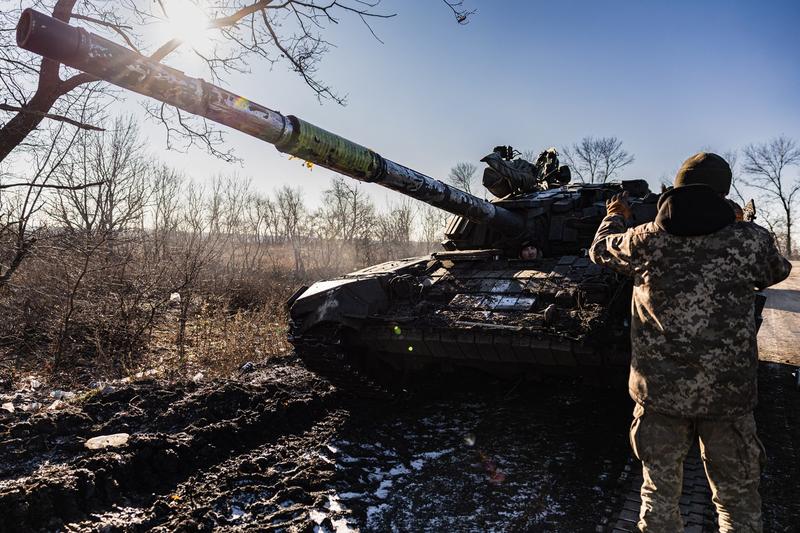The chronic shortage of dollars and the historic drought are fueling a crisis with a dangerously uncertain end. The Government, led by Sergio Massa, refuses to devalue but there are fewer and fewer alternatives left: the soybean dollar 3 is very weak, the possibility of obtaining new financing is low while the dollar begins to slip away, generating a feeling of mismanagement exchange rate with uncontrolled inflation.
The official response is the unbridled sale of Global bonds by the Government to contain exchange rates on the Stock Market, tighten the traps on importers and speed up negotiations with international organizations to recalibrate the failed plan and obtain some financing that nears the end of the term.
Massa took part of this panorama to Washington last week and asked that everyone get involved in the discussion so as not to let the country fall.
The minister asks for dollars and is operating with Juan González, Joe Biden’s adviser for Latin America, so that there is a bilateral loan from the North American country.
While the Tigrense explores requests such as a swap line with the Federal Reserve (as the country has with China), the American official responds that the solution has to come from a consensus between the Treasury, the IMF, the World Bank and the IDB. Read, not something bilateral.
“What can be achieved with the Fund is that it postpones maturities. The most feasible thing is to modify the expiration calendar because it makes the disbursement and you postpone paying it,” explains Héctor Torres, former Argentine representative to the IMF.
“Massa moves the pieces he can move, but I don’t know if it’s enough to get a bilateral loan from the United States. The last time the US did something like this was during Tequila. After that, never again,” he added.
For the diplomat, what González says is the protocol in the midst of this “play.” The United States throws the ball to the Fund to decide what to do with Argentina, but undoubtedly the Managing Director does what is negotiated with the United States.
Another alternative that would add, even if it is a smaller number, is to rely on a line from the Fund for countries that have been affected by climate change. The maximum amount that Argentina could request is US$1 billion. Although drought could not be said to occur due to this phenomenon, it cannot be ruled out either. But there might be some alchemy to get on top of that.
While Massa continues passing the cap and waiting for a “white smoke” with the Fund, the Government had no choice but to go out and put more traps. The BCRA, which after last Friday’s appalling inflation data was reluctant to raise rates as required by the IMF, had to do so and increased them by 300 basis points to 81% per year (annual effective rate of 118%).
In addition, it tightened the stocks for the payment of services and freight: it seeks to save US$ 2,000 million until the end of the year.
Thus, exchange rate dynamics appear extremely complex. “As the months go by and the economic-financial situation deteriorates, the authorities resort to practices with an interventionist bias where the long-term consequences lack value or analysis and are only limited to subsistence for the next few days” , defines the CMF bank, where former BCRA Gustavo Cañonero works.
“It is already a reality that the patches to contain the situation are running out, the development experienced a new phase, the agreement with the IMF continues to grant licenses and the dollars from multilateral organizations continue to appear but in a smaller amount,” they maintain.
For now, the BCRA measures are to gain time. The stocks never worked and it will not be the exception either, this time. The problem for Massa is that less and less time is gained.
Santiago del Solar, coordinator of the Grain Commission of the Argentine Rural Society and agricultural producer, says that the government’s mistake was almost unilaterally negotiating the liquidation of the new soybean dollar with Ciara and not with the producers. “That dollar of $300 is less and less useful for the producer. Thus, the incentive to keep soybeans, which are dollars, is very high,” he warns. Although something else was liquidated on Thursday, it is far from the US$300 or 400 million a day that the Economy expected. And according to Del Solar, that will not happen: “The fair and necessary will be sold, nothing more.”
Without dollars, with more stocks and more uncertainty, Massa looks for the “heroic” that is a lifeline of the Treasury and the Fund. Meanwhile, the macro dances to the beat of an uncertain result and a crisis that writes a new chapter.
eleconomista.com.ar


